


|

|
natural dyes
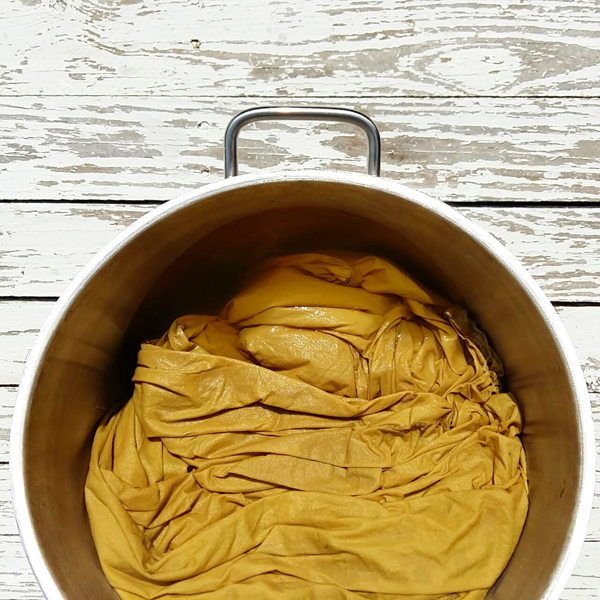
|
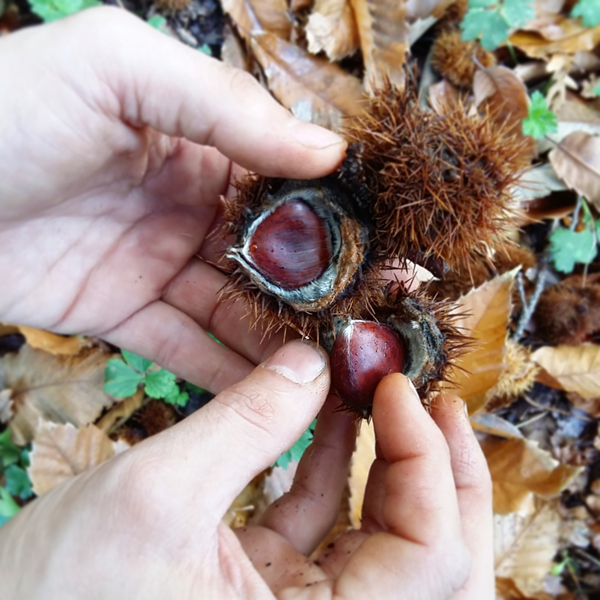
|
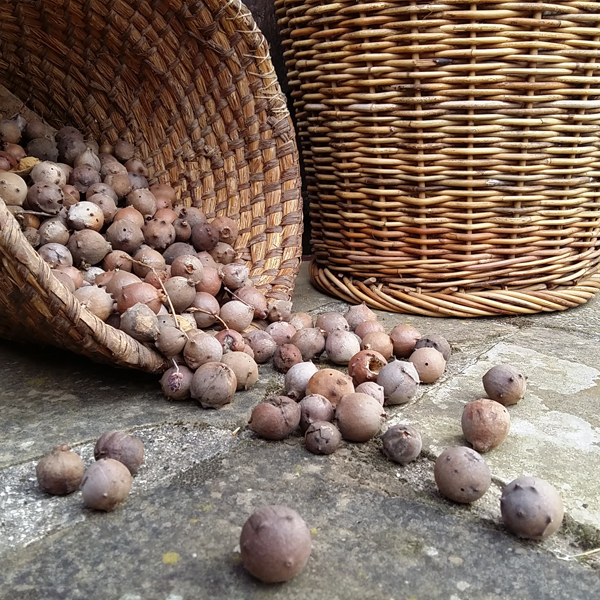
|
|
. |
||
|
Historic dyes |
Harvesting colors |
Natural mordants |
|
. |
||
|
We use a wide range of historical dyes like campeche, cutch, weld or cochineal, whose ancestral use is the best guaranteed of excellent dyeing properties. Beyond this, insofar they were commonly used by ancient dyers (whose recipes we have patiently rescued from old books) is also a good way to keep the dye tradition alive. |
We are also great lovers of natural dyes obtained by harvesting in the nearby forests, always attending to the Sustainable Harvesting Practices suggested by Mundo Lanar. Plants as the dyer's broom or rumex crispus and trees such as walnut, oak or eucalyptus are just some examples of the natural colors we directly obtain from Nature. |
One of our greatest concerns turns around the aplication of a natural, inocuous and sustainable way to fix dyes. For this task, apart from inocuous mordants such as alum, we mainly use vegetable mordants with special attention to the oak galls (growths generated by the tree itself in defense of the bite of certain insects). |
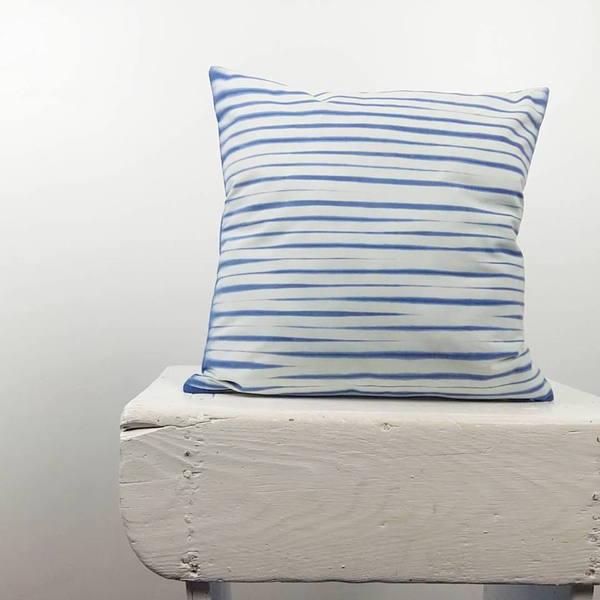
|
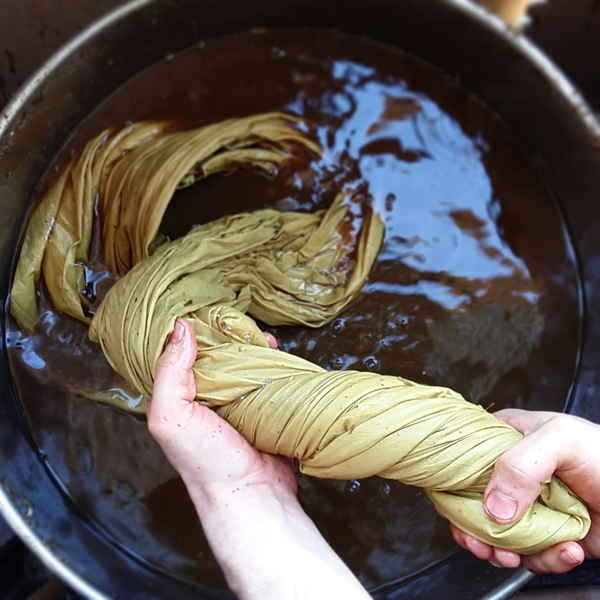
|
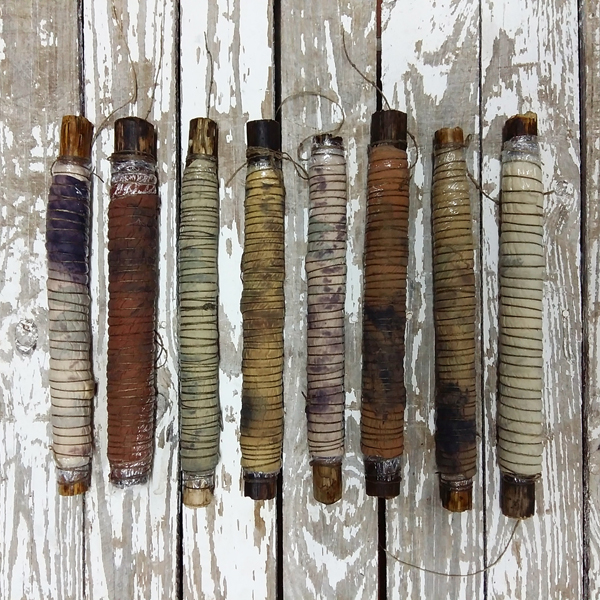
|
|
. |
||
|
Japanese techniques |
Traditional recipes |
Experimental techniques |
|
. |
||
|
As probably most of natural dyers, we have an especial devotion towards the Japanese dye tradition. And despite is not the oldest in the world (insofar many of their techniques came from China) is one of the best preserved handicrafts and have reached an incredible and admirable level of perfection. |
Of course we rely on tradition as the main source of dyeing knowledge, a treasure that has passed from generation to generation, which sometimes has to be filtered from an ecological point of view, insofar that many old recipies were based on the use of toxic substances that we refuse to use. |
We like to use experimental techniques which are an extraordinary source of creativity. Sometimes, fusioning techniques, others, applying common ones in a different manner to obtain new effects, colours or textures. A pasionating investigating process guided by the test and error method. |
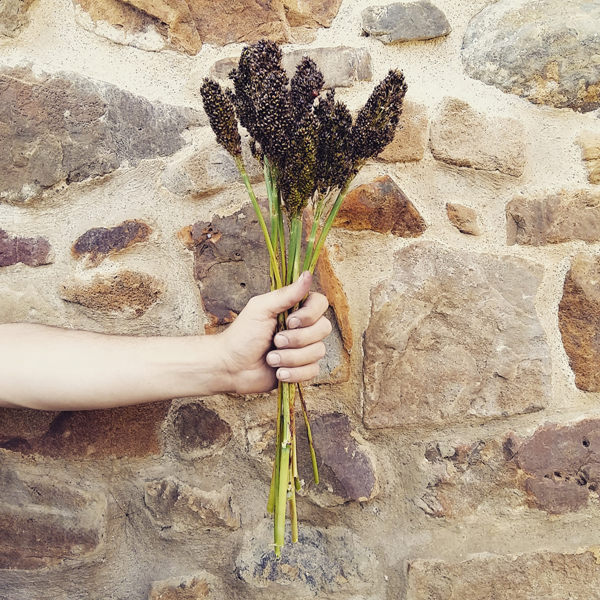
|
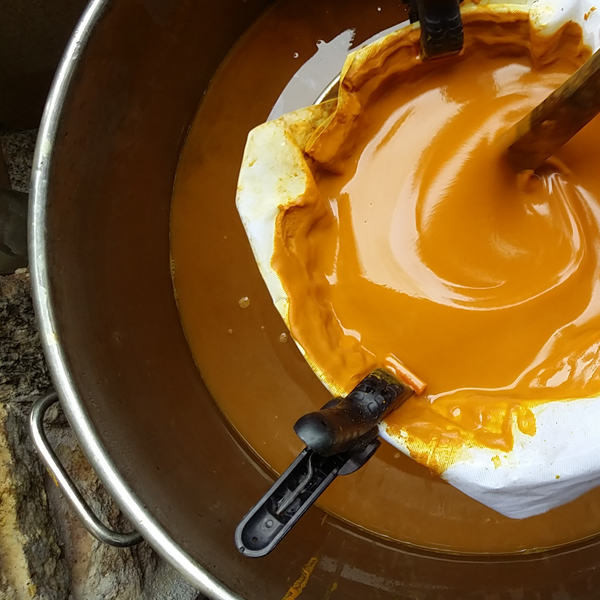
|
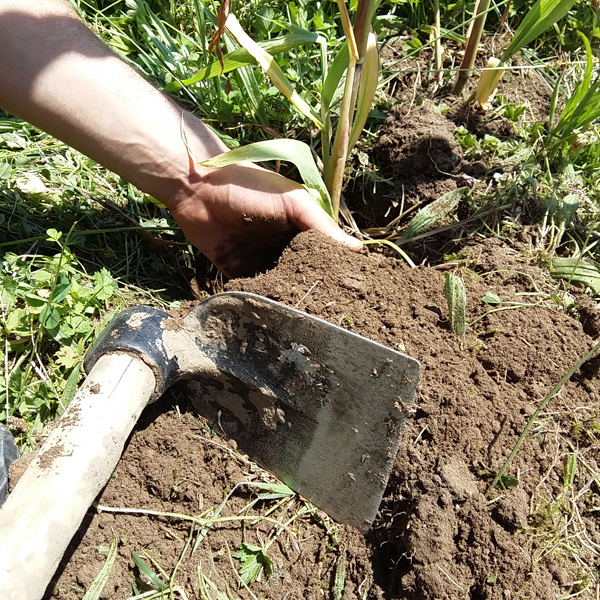
|
|
. |
||
|
Trazability |
Recicling |
Composting |
|
. |
||
|
All of our dyes comes from responsible sources. Some such as indigo come from organic certified productions in France; others like cochineal comes from Canary sustainable crops; other such as vegetable alum comes from a project that supports indigenous communities in Indonesia; and the rest comes from our dye garden, as well as from domestic recycling and local harvest. |
The recycling culture is an essential part of our dyeing process, not only as a way of saving such a precious resource as water, but as a way to reduce the natural raw materials used. To achieve it we act in several ways such as prolonging the life of the dyestuffs and the baths. This allows us to make of the natural dye process an even more sustainable activity. |
We return the dyestuffs to the earth after being used, closing the cycles and avoiding the generation of solid waste. In search of the perfect environmental management system, we use them for making compost, which is given back to the earth to improve the soil fertility. In this case, feeding the dye plants which grow in our dye garden looking for the perfect ecological balance. |

|
|
Copyright © 2014-2017 Tinctórea «Slow Textile Concept» by Romi & Ato «Slow Textiles & Natural Colors Studio» |